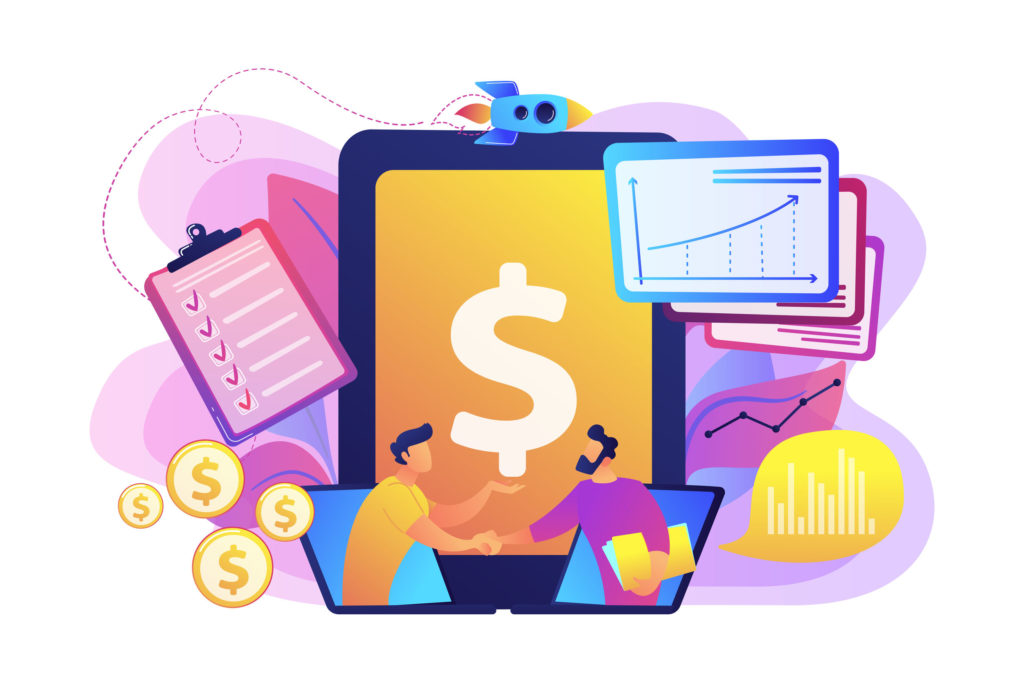If you’re looking to close more high-ticket sales, this article could give you a few “little hinges that swing big doors.”
I recently had an experience as the buyer in a high-ticket sales situation. I was considering a purchase of a very expensive information product. Several times during the process, I decided against it. It just seemed beyond budget… Beyond reason… Beyond justification…
But one truth that remained: I wanted it.
So let’s dissect what happened next…
Now what I’m going to describe for you is for high-ticket purchases only. That can mean anything above $1000. It doesn’t have to be super expensive, but it will be crucial for anything you are selling that is a high-ticket product, service, or program.
So, I’m going to lay this out for you in three steps:
- Target Dream 100
- Map out your campaign
- Execute with empathy
Target Your “Dream 100”
Step one is you target your “Dream 100” prospects — in other words, a short list of your ideal customers.
By starting with your Dream 100, you keep your complexity down and are able to laser focus on solving their pain points in a way that’s super profitable for your business.
The point is, start with a highly refined and focused list of pre-qualified prospects.
In other words, focus is key here. You really need to know who you are speaking with and you need to make sure they are highly qualified.
Map Out Your Campaign
Step 2 is you create an organized, consistent, and relentless program to win these folks over as clients for life. And you need to have that programmed so that no matter how many times they tell you they’re not interested, you’re still there for them.
And I want to point out that word “for” them…
In other words, not “to” them…
Not “at” them…
But “for” them is what’s key.
The third step is to execute on your road map.
It must include urgency.
It must include irresistibility…
And it must include all the micro steps that happen within a decision tree you map out in advance, depending on how your prospect is likely to respond.
Now of course you’re not going to implement this overnight. But it is something you can build with experience.
Execute With Empathy
And it’s all done in a spirit of empathy and support.
The reason for that, if you really examine this closely is that your prospects — not all of them, but a percentage — probably want to buy and take you up on your offer.
The problem they have is they have too many reasons not to.
And sometimes those reasons are rational — and sometimes they’re not.
It’s up to you to nurture and support their desire for the outcome you can offer. And that is the spirit in which you do your follow up. Anything else and you’ll lose the prospect. You will lose the ability to persuade because you’ve lost the relationship. You’ve lost their trust.
So, there are no shady tactics needed, no still tricky maneuvers or manipulations…
It’s simply applying a natural degree of pressure… The pressure that comes from how you structure your offer with an appropriate degree of urgency. No fake scarcity. It must be based on truth and supportive of the decision that your prospect really would like to make.
Again, not all prospects will follow. But your job is to find the ones that do and provide the support they need.
With a high-ticket item, this is not the type of thing that can happen purely online. There will be human interaction required. So, this is where a good sales approach by someone who’s experienced and knows how to close a deal is critical to the process.
Automate For Added Effectiveness
In addition to that and strengthening and complementing the human interaction is automation.
It simply is not possible, nor does it make sense to conduct a campaign like this without taking advantage of a strong marketing automation platform such as Hubspot, Active Campaign or Keap.
So, what do I mean by that?
The automation kicks in at any given step and with certain timing intervals.
For example, as you’re approaching a deadline, you can send out automated emails, trigger a task for someone to place a phone call or a text message, etc.
And because you know in advance what the campaign is going to consist of, it can all be automated…
And that really is the only way to make it happen in a cost-effective way.
Sure, you could do without automation, but why?
Now that you’ve selected your list carefully, you have the road map for automated, yet empathic follow-up, one thing to keep in mind is flexibility.
When prospects respond, try to learn what their objections are and what could make your offer more appealing in general, and any concessions your sales rep can make to close a deal.
As you roll out the campaign, or repeat it over time, you may also learn where you can be flexible and where to hold the line.
You Can Do This!
So, there you have it — 3 steps to selling a high-ticket offer.
I can tell you from my experience, I went through all the emotions — from desire, to having a great sense of resistance, to having every objection gradually chipped away by a highly empathic and supportive sales professional, to actually making a large purchase and feeling really good about it, that it’s something you can accomplish.
It’s not always simple… It’s is not always easy…
But it can be done.
And especially with high-ticket sales, it’s well worth the effort.
Because, as the old saying goes, “The fortune is in the follow-up”.
Want help with your next high-ticket sales funnel or marketing campaign? Let’s have a chat.
Want to hear more? Check out StrategiCast Episode 50, How to Sell a High-Ticket Service Without High Pressure Tactics.
